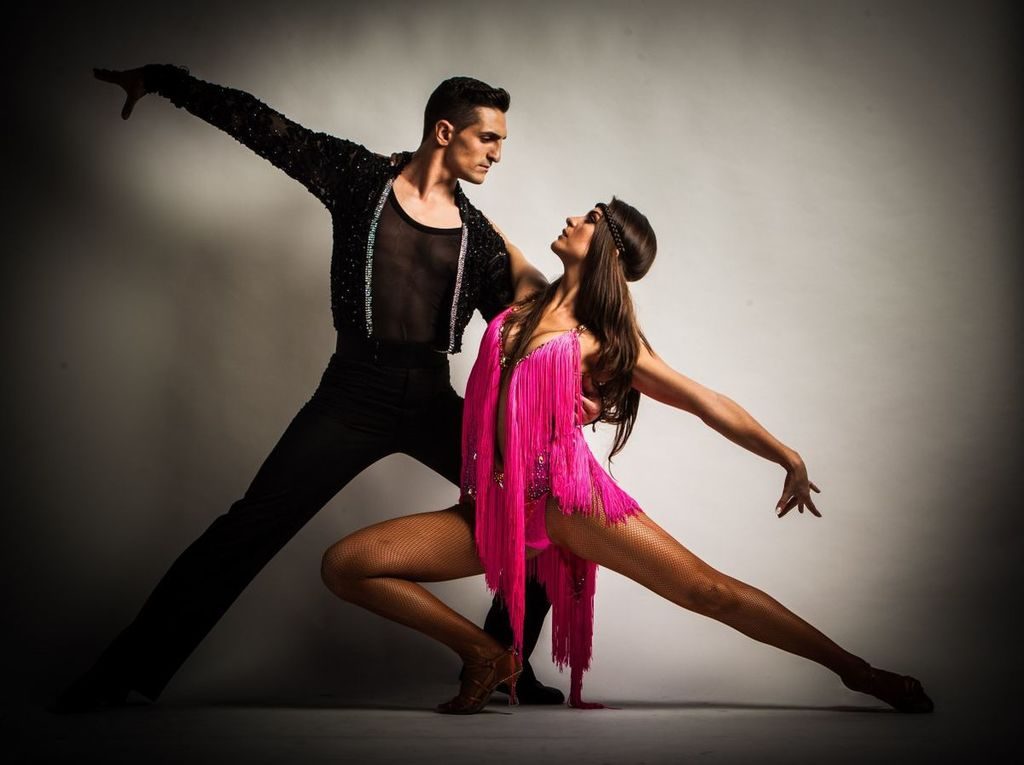Learning this exciting dance is a process that everyone can start with confidence in success, including beginners who have never danced before. The basics are extremely simple (you will dance after a couple of lessons). However, the beauty of salsa as a hobby is that you never hit the ceiling. It is possible to improve technique, musicality, and interaction in pairs. And also to master the substyles of this dance and try new movements that do not stop appearing. In general, you have room to grow and strive.
the salsa dance is called “social”. This means that he was born not in the drawing rooms of the aristocracy, but in squares and city backyards, in other words, his “folk” movements, which do not require comprehending the secrets of “high” choreography.
At the same time, salsa (salsa) is an elegant dance, a champion of street sophistication, a combination of overflowing emotions and awe.
Due to the variety of styles, even choreographers disagree on whose dance is salsa. It is always danced for 4 counts. “London” salsa differs from “New York” – Londoners, like dancers in Los Angeles, begin to enter the shock count of “one”, New York, Puerto Rico, Cuba – on the score of “two”, in Colombia, Venezuela they dance both “one” and “two”, and they change the rhythm, according to the introduction of new dance steps, within the framework of one dance.
Salsa is one of the few dances that allows syncopation, in other words, completing an interrupted rhythm at the peak of the movement’s difficulty until the next beat count.
Choosing your favorite salsa style
The above about the technique of salsa can be seen in the video tutorials for beginners. But the technique manuals that can be found on different resources are obviously different from each other. The point is not in the dishonesty of the authors of the content, but in the variety of dance, in which each nation, having adopted it in its culture, has put a piece of its own soul and tradition.
You can learn to dance salsa:
- circular salsa (Cuban, Dominican, Colombian);
- linear (salsa of schools in Los Angeles, London, New York, Puerto Rico);
- the so-called salsa-rueda de casino (Rueda de Casino).
Cuban Salsa
Cuban salsa is a dance, as we have already noted, related to the style of circular salsa. You can start it both on the first and on the second count, partners almost all the time move in a circle, only sometimes performing linear movements, partially borrowed from the rumba.

Dominican salsa
Dominican salsa, which is especially popular in Europe, is an exit to any account, a change in the count of a basic step within a dance, a circular lead of a partner by a partner who is not obliged to strictly follow the rules, but can freely improvise.
Colombian salsa
Colombian salsa (learning salsa in this technique is also very popular) – going to count 1 or 2, changing the score (due to the fact that the Colombian technique includes unique steps). The main difference (and dignity, from the point of view of a number of dancers, Colombian salsa is a bold combination of linear and circular movements), as well as the presence of footwork – elements that sometimes border on acrobatics in complexity.
Los Angeles Linear Salsa
Los Angeles Linear Salsa – Starts on a strong one with a partner’s dominant line lead. The dynamics in this technique is especially important, and the female and male movements sometimes differ even in rhythm.
Linear salsa of New York
New York salsa is inspired by the movements of Cuban Son, another authentic dance. Professionals call it “an ode to a partner” – it is the lady who begins to move with a step forward to the shock count of “one”, and then the whole dance passes by the partner, behind whom there are much fewer expressive dynamic movements.
Linear salsa Puerto Rico
Here is the peculiarity of the dance – on the count of “two” the lady takes a step back, as a result, a number of classical pas salsa are performed in a very unusual way.
Salsa Rueda de Casino
This is a group technique that requires a minimum of two pairs. Perhaps more pairs, the participants follow the movements of the leader of the dance group, who sets the rhythm for the change of partners.
Salsa dance, video tutorials on the technique of which are presented in abundance on the network, both in the form of basic lessons and reports from salsa festivals, is fascinating, enchanting and, despite the folk origin of the dance, is modern and in the style of a big city.
